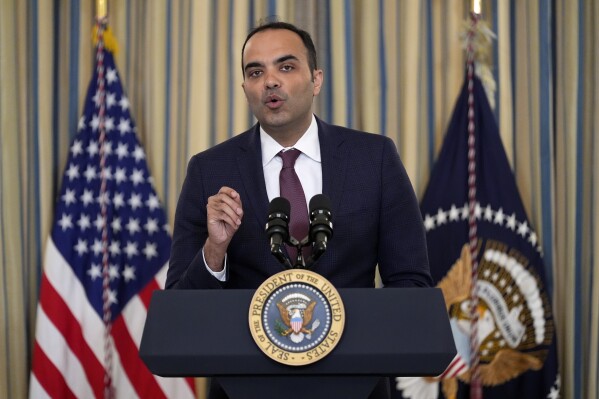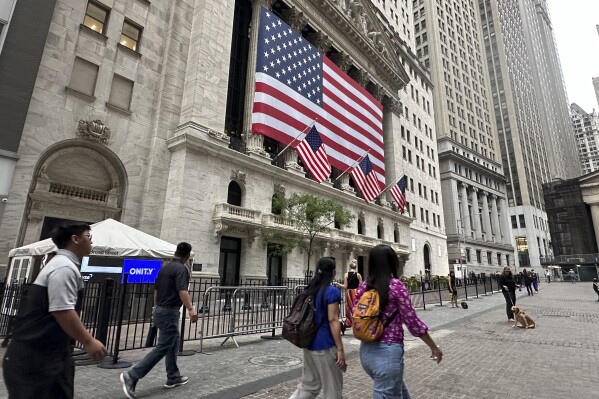U.S. filings for unemployment benefits rose again last week and appear to be settling consistently at a slightly higher though still healthy level that the Federal Reserve has been aiming for.
Jobless claims for the week ending July 13 rose by 20,000 to 243,000 from 223,000 the previous week, the Labor Department reported Thursday. It’s the eighth straight week claims came in above 220,000. Before that stretch, claims had been below that number in all but three weeks so far in 2024.
Weekly unemployment claims are widely considered as representative of layoffs.
The Federal Reserve raised its benchmark borrowing rate 11 times beginning in March of 2022 in an attempt to extinguish the four-decade high inflation that shook the economy after it rebounded from the COVID-19 recession of 2020. The Fed’s intention was to cool off a red-hot labor market and slow wage growth, which it says can fuel inflation.
“The Fed asked to see more evidence of a cooling economy, and for the most part, they’ve gotten it,” said Chris Larkin, managing director of trading and investing at E-Trade. “Add today’s weekly jobless claims to the list of rate-cut-friendly data points.”
Few analysts expect the Fed to cut rates at its meeting later this month, however most are betting on a cut in September.
The total number of Americans collecting unemployment benefits rose after declining last week for the first time in 10 weeks. About 1.87 million Americans were collecting jobless benefits for the week of July 6, around 20,000 more than the previous week. That’s the most since November of 2021.
Continuing claims have been on the rise in recent months, suggesting that some Americans receiving unemployment benefits are finding it more challenging to land jobs.
And there have been job cuts in a range of sectors in recent months, from the agricultural manufacturer Deere, to media outlets like CNN, and elsewhere.
The four-week average of claims, which evens out some of the week-to-week volatility, rose by 1,000 to 234,750.
Strong consumer demand and a resilient labor market has helped to avert a recession that many economists forecast during the extended flurry of rate hikes. As inflation continues to ease, the Fed’s goal of a soft-landing — bringing down inflation without causing a recession and mass layoffs — appears within reach.
While the labor market remains historically healthy, recent government data suggest some weakening.
The unemployment rate ticked up to 4.1% in June, despite the fact that America’s employers added 206,000 jobs.
Job postings in May rose slightly to 8.1 million, however, April’s figure was revised lower to 7.9 million, the first reading below 8 million since February 2021.
Disclaimer: The copyright of this article belongs to the original author. Reposting this article is solely for the purpose of information dissemination and does not constitute any investment advice. If there is any infringement, please contact us immediately. We will make corrections or deletions as necessary. Thank you.




